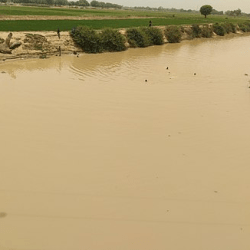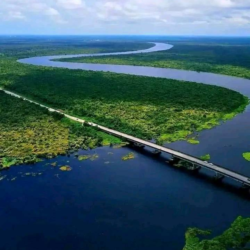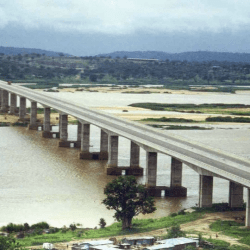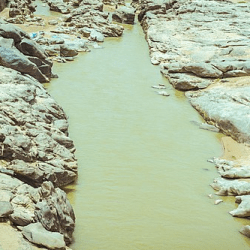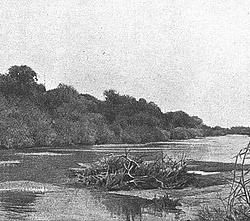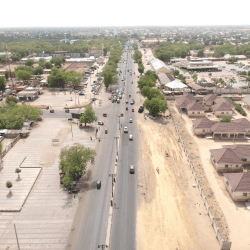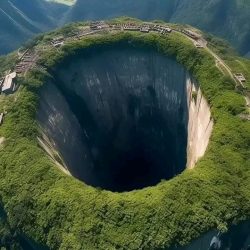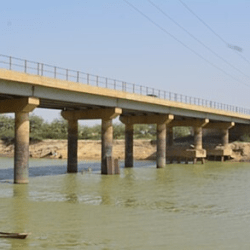The Challawa Gorge Dam, inaugurated in 1991, represents a vital milestone in Nigeria’s infrastructure development. Located on the Challawa River, a tributary of the Kano River, this monumental structure spans an impressive 7.8 kilometers in length and reaches a height of 42 meters. With a capacity of 930 million cubic meters, the dam was built with several critical goals, addressing both immediate and long-term needs of the region’s growing population and industries. Below, we explore the numerous ways in which the Challawa Gorge Dam has impacted the lives of locals, supported economic stability, and enhanced environmental management.
Irrigation and Agricultural Productivity
One of the dam’s primary objectives was to improve irrigation across the fertile plains of the Kano River basin. Before the dam’s construction, local farmers faced inconsistent water availability, which made farming unpredictable and often led to crop failure. Since its inauguration, the Challawa Gorge Dam has transformed agriculture in the region by ensuring a steady water supply, particularly during the dry season. The irrigation supported by the dam has enabled local farmers to cultivate more land, grow diverse crops, and increase yield, boosting food security and income.
Water Supply for Kano City and Beyond
Beyond agriculture, the Challawa Gorge Dam has a critical role in providing a reliable water supply to Kano City—the second-largest urban center in Nigeria—and other nearby towns. By storing water during the rainy season, the dam ensures that a stable supply is available year-round for domestic, commercial, and industrial use. This is especially important for Kano’s textile industry, which requires a consistent water source. The reliable water availability supports public health and economic activities, underscoring the dam’s multifaceted impact on urban and rural communities.

Flood Control and Environmental Management
In addition to irrigation and water supply, the Challawa Gorge Dam plays a pivotal role in flood control. Prior to its construction, heavy seasonal rains often led to flooding along the river, damaging crops and settlements. The dam’s ability to regulate river flow helps protect these areas, reducing disaster risk and preserving local habitats. Moreover, by managing water levels, the dam helps mitigate soil erosion and supports ecosystem health along the river banks, highlighting the environmental benefits of this infrastructure.

